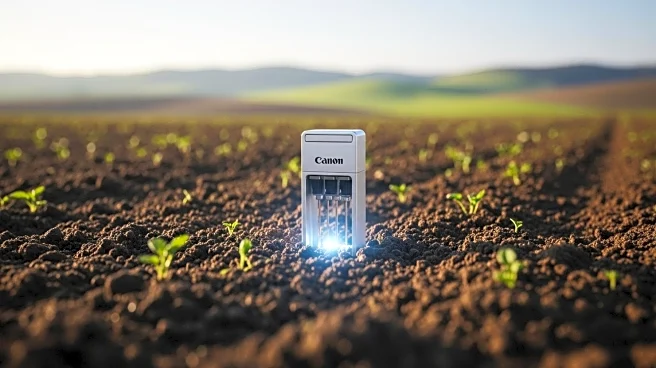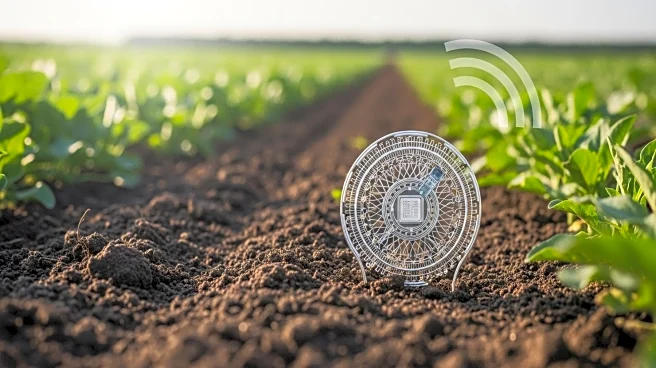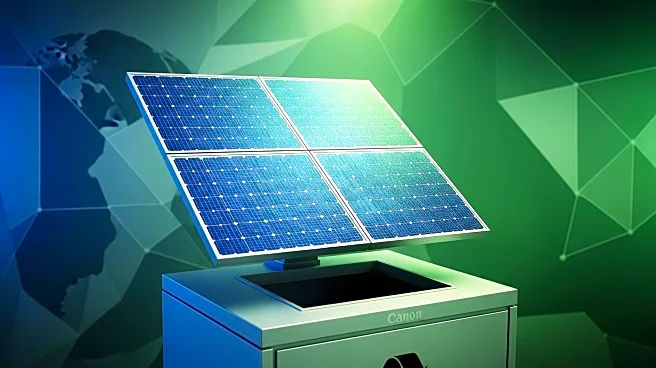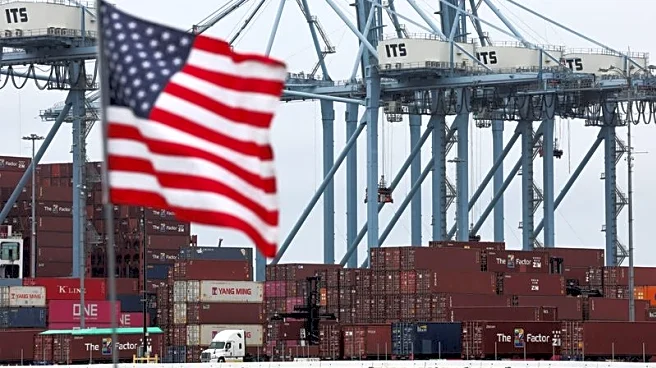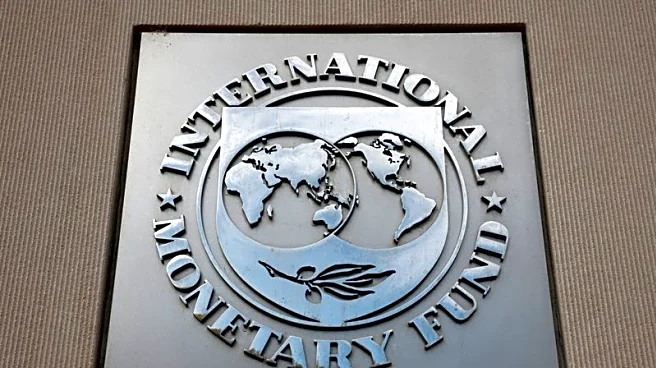What's Happening?
The global Soil Health Nano-Sensors Market is undergoing a significant transformation, projected to grow from USD 2,048.1 million in 2025 to USD 3,069.5 million by 2035, with a steady CAGR of 4.1%. This growth is driven by advancements in precision agriculture and smart farming systems, which are increasingly integrating nano-sensor technology for real-time soil analysis. These sensors enable farmers to optimize irrigation, fertilizer use, and resource management, thereby enhancing crop productivity and sustainability. Established companies like METER Group and AquaSpy, along with new entrants, are innovating in connectivity solutions and AI-based analytics, targeting small- and mid-scale farms. The row crops segment, particularly corn, wheat, and soybean cultivation, remains the largest consumer of these technologies, accounting for approximately 45% of the market share.
Why It's Important?
The expansion of the Soil Health Nano-Sensors Market is crucial for the agricultural sector as it moves towards more sustainable and efficient farming practices. By providing real-time data on soil conditions, these sensors help farmers make informed decisions that can lead to increased yields and reduced resource waste. This technological shift supports global efforts to meet sustainability goals and improve food security. The integration of AI-driven analytics with nano-sensors offers predictive insights, further enhancing decision-making processes in agriculture. As governments worldwide promote environmental monitoring and carbon footprint reduction, the adoption of these technologies is likely to accelerate, benefiting both large commercial farms and smaller family operations.
What's Next?
The next decade will likely see increased adoption of connected sensor networks as integral components of farm management platforms. This will redefine agricultural decision-making, offering predictive insights into soil conditions and improving yields while conserving resources. Government-led agricultural modernization programs in countries like China, India, and the U.S. are expected to provide financial incentives and policy frameworks that encourage the adoption of soil health monitoring systems. As the market continues to grow, manufacturers will focus on reducing deployment barriers and improving interoperability across different farm environments.
Beyond the Headlines
The rise of soil health nano-sensors represents a broader shift towards data-centric agriculture, which could redefine the boundaries of agricultural technology. This transformation is not only about improving productivity but also about promoting environmental stewardship and resilience in the global food ecosystem. As technology integration continues, the agricultural sector may see long-term shifts in how farming is conducted, with a focus on sustainability and precision.
